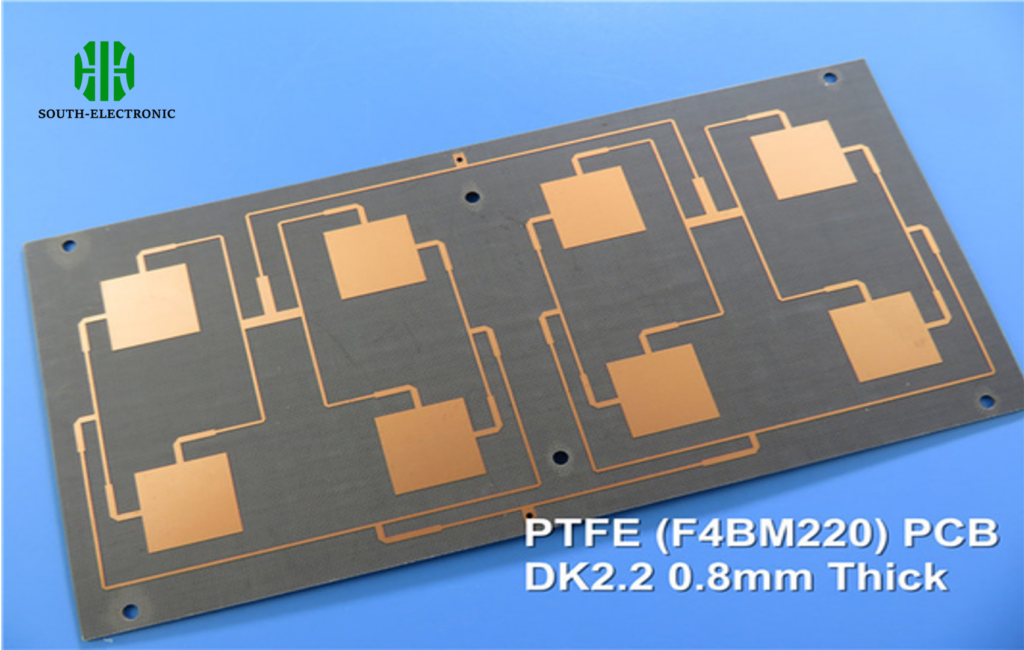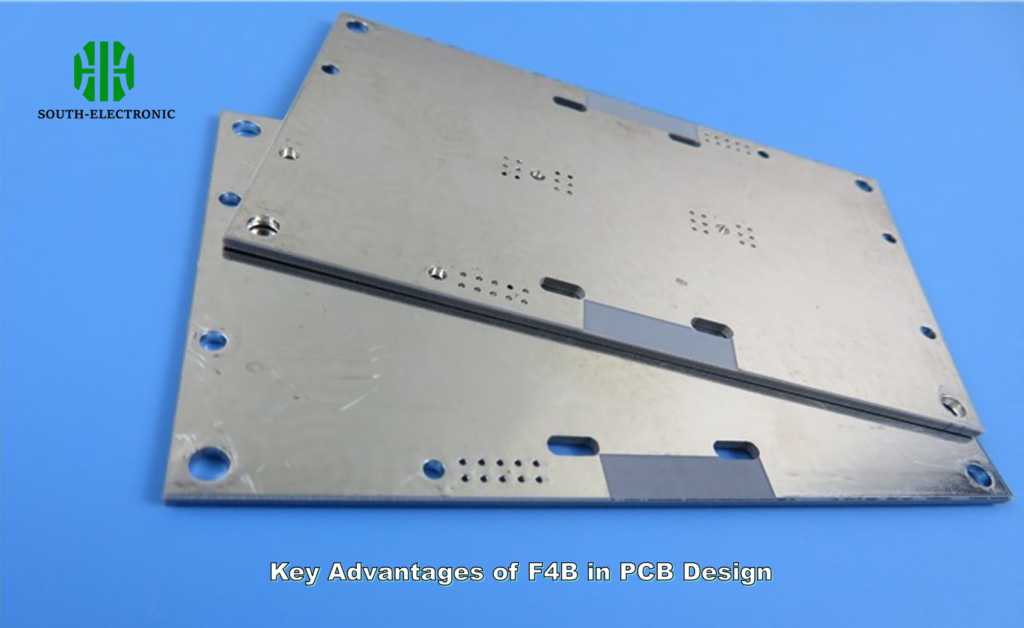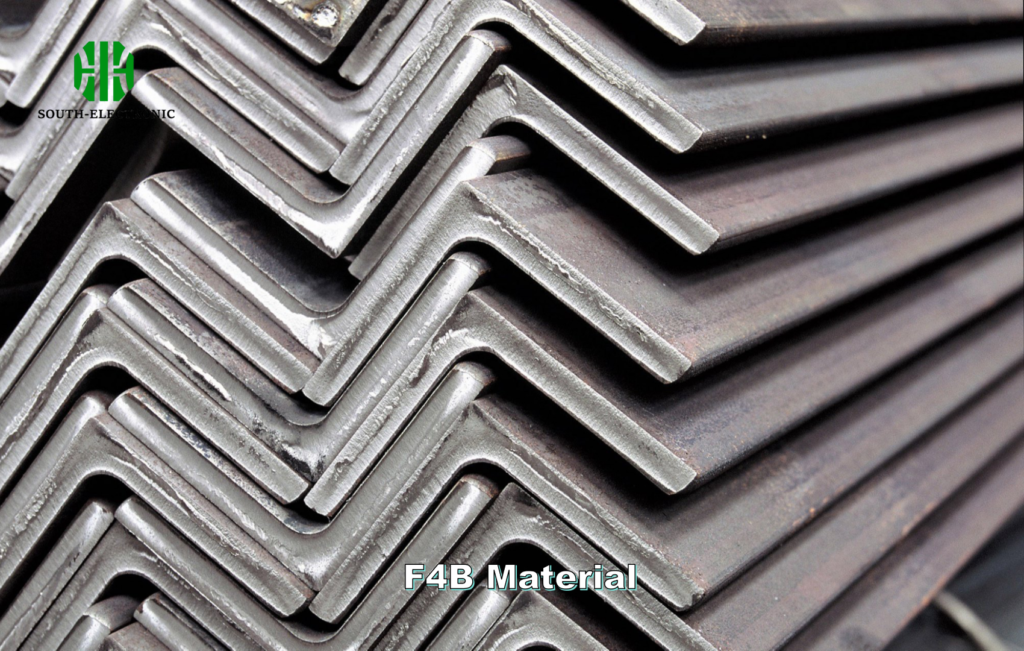F4B stuff is great for PCBs because it has a lot of benefits. It stays cool, it doesn’t mess with your signals, and it can handle chemicals. That’s why it’s so popular in phones, cars, and planes. It’s more expensive than other materials, but it’s worth it.
This article delves into the unique advantages of F4B material, exploring its properties, applications, and why it may be the right choice for your PCB needs.
What is F4B Material?
F4B is a high-frequency material made up mostly of PTFE (Polytetrafluoroethylene) and woven glass fabric. This combination gives it great electrical and thermal properties, which makes it perfect for applications where you need the best performance. The F4B series is known for being stable and high quality, especially for high-frequency applications like telecom and radar.

Key Advantages of F4B in PCB Design
Thermal Stability:One of the primary advantages of F4B material is its excellent thermal stability. It can withstand repeated thermal cycling without degrading, which is essential for devices operating in varying temperatures. This property helps maintain the integrity of the PCB, preventing failures in critical applications.
Low Dielectric Constant:F4B features a low dielectric constant, which significantly reduces signal loss during transmission. This characteristic is particularly beneficial for high-frequency applications, such as RF (radio frequency) circuits, where maintaining signal integrity is paramount.
Chemical Resistance:The chemical resistance of F4B material allows it to perform well in harsh environments. It is less susceptible to damage from exposure to various chemicals, making it ideal for applications in industries like automotive and aerospace, where exposure to chemicals is common.
| Property | F4B Material | FR-4 Material |
|---|---|---|
| Thermal Stability | Excellent | Moderate |
| Dielectric Constant | Low | Higher |
| Chemical Resistance | High | Moderate |
| Cost | Higher | Lower |

Applications of F4B Material in Electronics
F4B is widely used in numerous applications due to its favorable properties. Some common uses include:
- Telecommunications: Utilized in antennas and RF modules for mobile communication.
- Automotive: Employed in radar systems and high-frequency devices.
- Aerospace: Suitable for satellite communication and navigation systems.

Comparison with Other PCB Materials
While F4B has many advantages, it is important to compare it with other materials like FR-4 and BT epoxy.
- FR-4 is a common choice for low-cost applications but may not perform as well in high-frequency environments.
- BT epoxy offers good electrical properties but is generally more expensive and suitable for specific applications.
Advantages of F4B Over FR-4
- Better performance in high-frequency applications.
- Greater thermal stability and chemical resistance.
Challenges and Considerations
Despite its advantages, F4B material does have some drawbacks:
- Cost: F4B tends to be more expensive than traditional materials like FR-4.
- Processing Difficulty: Its properties may require specialized manufacturing processes, which could complicate production.
F4B stuff is great for PCBs. It’s got awesome thermal stability, a low dielectric constant, and it can handle all sorts of chemicals. That’s why engineers and manufacturers love it. It helps them make electronics that work really well in tough environments.



